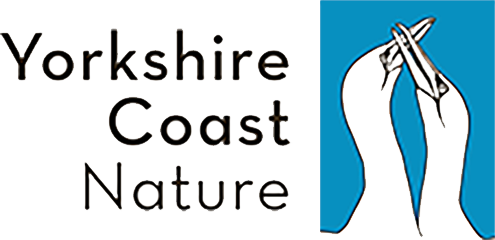At the British Bird Observatories Council meeting in February held at BTO HQ in Norfolk.

17 April 2019
Spurn Bird Observatory tabled a motion proposing that British bird observatories should work together with other key partners here and on the continent to utilize modern tracking technology with the aim of understanding more about the movements of so-called theorized ‘reverse migrants’ across Western Europe into Britain and beyond.
The proposal was enthusiastically received and the advantages and limitations of the three key tracking technologies i.e. satellite, geolocation and radio telemetry, were discussed. The Motus system (https://motus.org/#) which uses fixed radio telemetry was identified as having real potential to assist in such studies, being already in use, with a proven track record in North America and continental Europe. The idea would be to develop a coordinated network of receivers here in Britain to compliment those in Europe and begin to monitor the movements of certain key species fitted with ultra-lightweight nanotags.
Yellow-browed Warbler is a typical species of interest, though there are other reverse and drift migrants and other species of which we could learn more about using the system. It was decided that before any such national project could get underway, the support of a University would be desirable to help develop the plan. A meeting with the University of Hull then took place at Spurn in March where our vision was explained. To everyone’s delight the university were keen to play a significant role in what has been named “Project Yellow-browed”. They have agreed to act as project managers, coordinating activity to develop the network as well as in due course taking on data collation and analysis work. Funding is of course a prime issue, and individual observatories are endeavoring to secure ‘seed funding’ to purchase their own first receivers. By doing so, larger funding bids, led by the university are more likely to be successful. A receiving station costs around £4- 5k.
A number of bird observatories are wanting to be amongst the first tranche of Motus users including Languard, Sandwich Bay and Dungeness in the south-east, Bardsey and Portland in the south-west, Fair Isle and of course ourselves at Spurn. Others are talking to their own governing bodies about becoming involved. It would be great for example to have a Yorkshire coast ‘cluster’ of receivers at the county’s observatories and even some inland, for instance up on the Pennines. By having a project Steering Committee with a broad membership including the University of Hull, BTO, Bird Observatories Council and others, issues such as licensing and standards for members wanting to register for the scheme and have their own receiver(s) can be fully covered within the project. The committee can also be flexible and adapt through time to changing technologies, their costs and effectiveness. The great thing about Motus is that private individuals, bird clubs, ringing groups and conservation bodies can also get involved. See motus.org for information about the system.
Some early work has started with fact finding visits planned by the university to look at and learn about the equipment first hand with colleagues across the North Sea in Helgoland. Word spreads quickly and bat study groups on the continent have been in touch wanting to help as the system has wider applications than avian research. They are wanting to support the positioning of several receivers on the Norfolk coast. The more receivers the merrier increasing the chances of ‘hits’ on tagged subjects, whether birds or other animals.
So, some promising progress to report, but as ever it’s one step at a time and we must be prepared for ups and downs on the project. There is a great sense that fellow bird observatories want to step up to the mark and get involved with modern technologies where possible. It is after all nearly 100 years since bird ringing started, and that continues to provide excellent results. Using modern technologies can complement on-going ringing work and take migration studies even further forward.
More later this year as things develop - we hope.
Nick Whitehouse, SBOT Science & Research Sub Committee
(photo of Motus reciever from https://motus.org/#)


